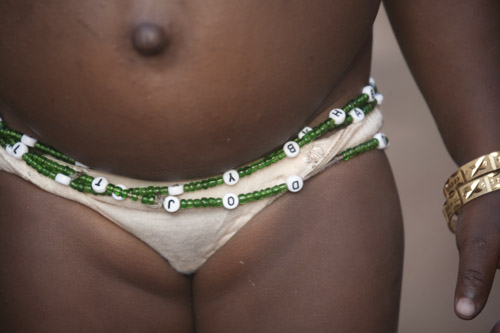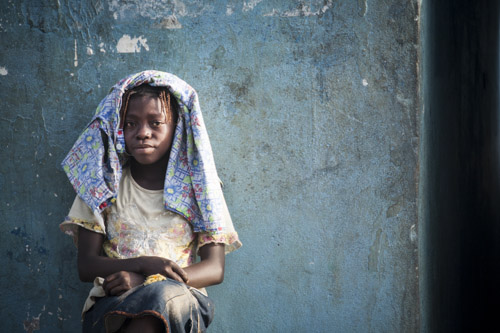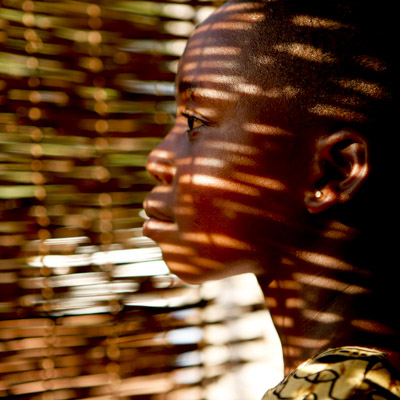 On my first trip to Africa, I stepped off the plane in Kampala and I noticed the smell. It was woody, pungent and deeply foreign to me. I had two camera bodies, four lenses, a polarizer, eight memory cards; I was ready to see Africa, but the smell was unexpected, a blanket of otherness that me made me feel instantly alone, far from home, foolish. Now I know this smell as deeply embedded in my African experiences, like a random coat that you might find and put on because its cold at the time, and eventually you forget that you even have it on. I now see images of children nurturing smoky embers for morning fires, of drinking mysterious teas in cramped huts with a tiny, single source of light and fresh air, and of a mother sweaty with fieldwork leaning heavily on a hoe to balance the baby wrapped tightly to her back. I've learned that to see Africa and hear her stories, you must first understand this smell.
On my first trip to Africa, I stepped off the plane in Kampala and I noticed the smell. It was woody, pungent and deeply foreign to me. I had two camera bodies, four lenses, a polarizer, eight memory cards; I was ready to see Africa, but the smell was unexpected, a blanket of otherness that me made me feel instantly alone, far from home, foolish. Now I know this smell as deeply embedded in my African experiences, like a random coat that you might find and put on because its cold at the time, and eventually you forget that you even have it on. I now see images of children nurturing smoky embers for morning fires, of drinking mysterious teas in cramped huts with a tiny, single source of light and fresh air, and of a mother sweaty with fieldwork leaning heavily on a hoe to balance the baby wrapped tightly to her back. I've learned that to see Africa and hear her stories, you must first understand this smell.
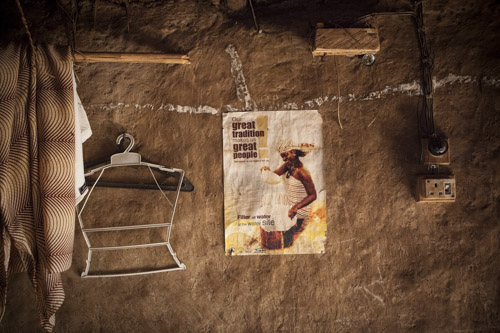
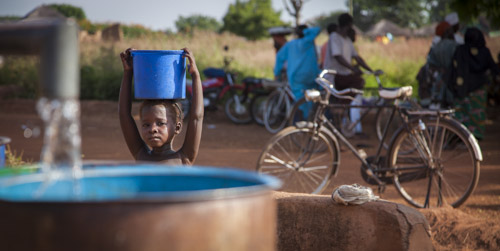
I travel as a photographer shooting images for non-profit advocacy; I am a visual storyteller in a village, in Northern Ghana, with The Carter Center. There is a Banyan tree that arcs and frames a group of young girls, gathered outside a school. Their heads dance as they lean in to catch gossip then throw them back, falling into giggles, so as I enter I see the schoolyard composing into color, dance and music. The girls are waiting for their teacher to create order, so that they can begin to learn about water and worms.
 Worms are important here because they've caused pain and death for thousands of years, and The Carter Center has dedicated itself to eradicating the Guinea worm from the face of the earth. I am watching, learning, as this global and high-minded battle is fought intimately, individually, in remote villages characterized by unsafe drinking water, poverty, and simply being African. When the campaign began in the 1980s there were 3.5m cases, now there are literally a handful, and one of them is in this village.
Worms are important here because they've caused pain and death for thousands of years, and The Carter Center has dedicated itself to eradicating the Guinea worm from the face of the earth. I am watching, learning, as this global and high-minded battle is fought intimately, individually, in remote villages characterized by unsafe drinking water, poverty, and simply being African. When the campaign began in the 1980s there were 3.5m cases, now there are literally a handful, and one of them is in this village.
Guinea worm is transmitted only by drinking contaminated water, so the girls sit quietly on school benches with bare feet twisting in the red dust, or stand with swaddled siblings forming mounds on their backs, to learn about the disease. Their daily walk to the lake for water will now include filtering before they weave slowly home with a 20lb jerry can balanced on their thin necks. As a member of The First World I hear that this might be the first disease to be eradicated without vaccine or medicine, simply changing common habits of water collection. As a member of The Third World they hear of the crippling pain when the spaghetti-like worm makes its way out of your body, and begins to destroy your community.
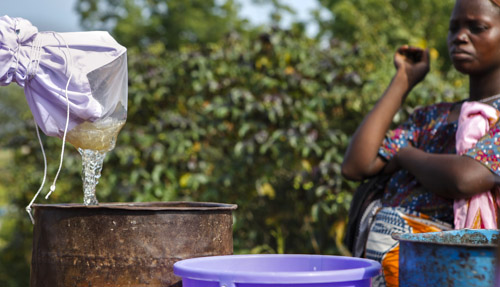
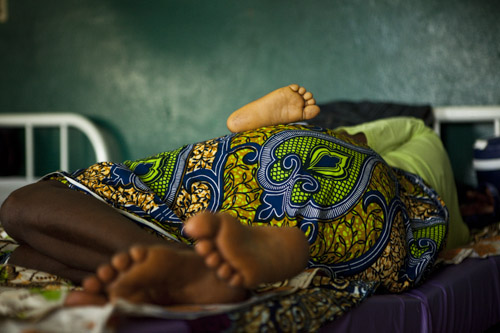
In the light of schoolyard my eye begins to compose the random activity into blocks of pattern and gesture. I am shooting with a 50mm so I go in close, and I notice the smell again, which I now realize I've been wearing since I stepped off the plane. I feel a sun-warmed heat from their skin, see a chin dipping into a shy smile, and lean in for a story that is of another place entirely, yet could be my own. More people gather now, adults in the back watching me with my camera as I watch them. It is exotic, to see a white woman with a camera in this smoky corner of Africa. It is also familiar, to see the community gesture of working together to meet a deadly disease, the buzzing whispers of young girls learning to become adults, and the smell of a place that tells me how to see.
To find out more about The Carter Center's Guinea worm program visit www.cartercenter.org. To find out more about how I use art to create social impact or how your interest in art could support the work of The Carter Center visit www.nancyfaresephotography.
